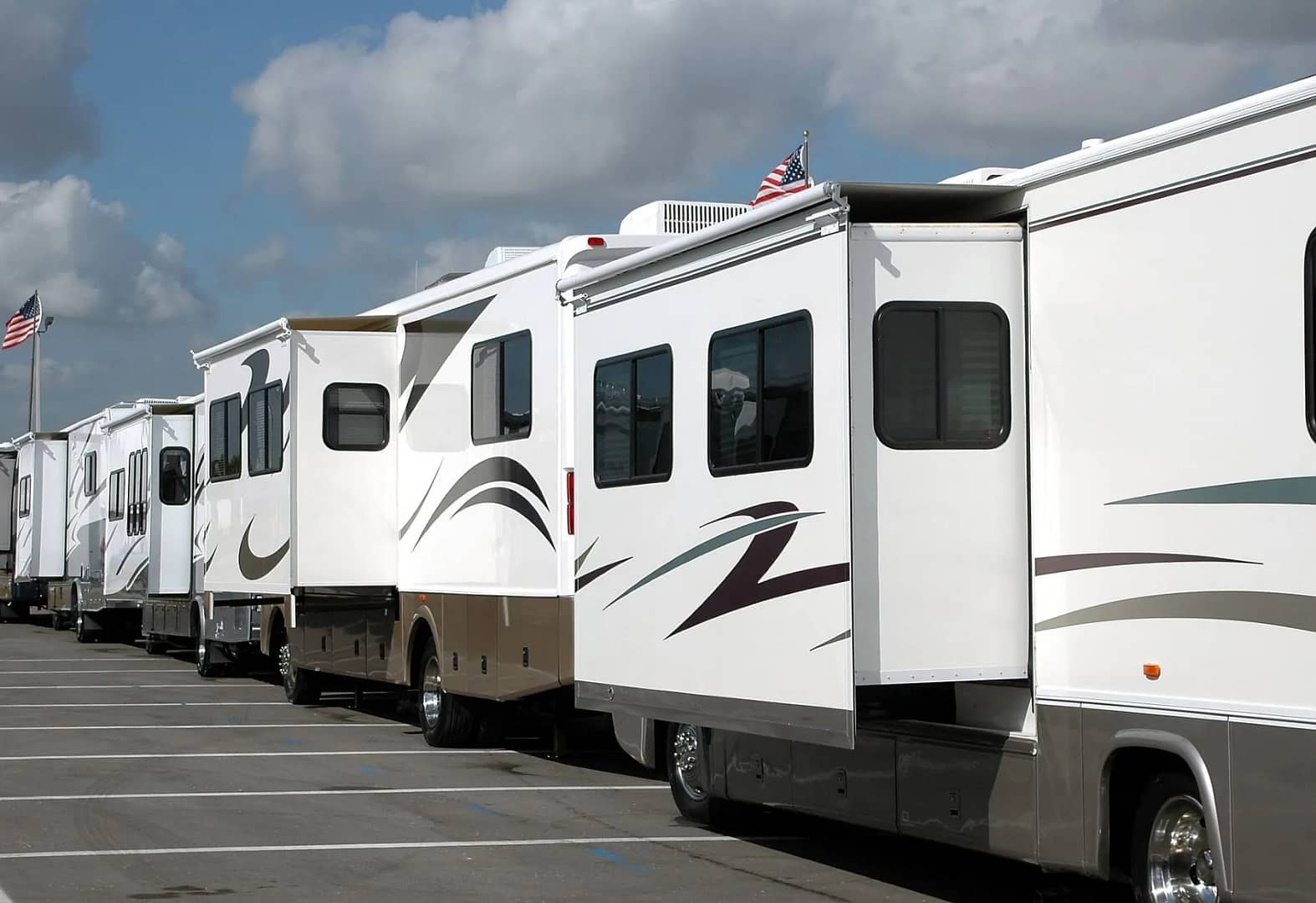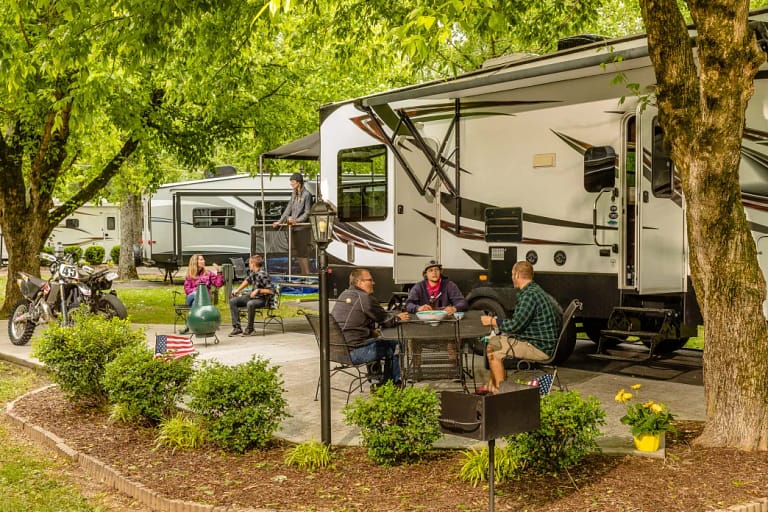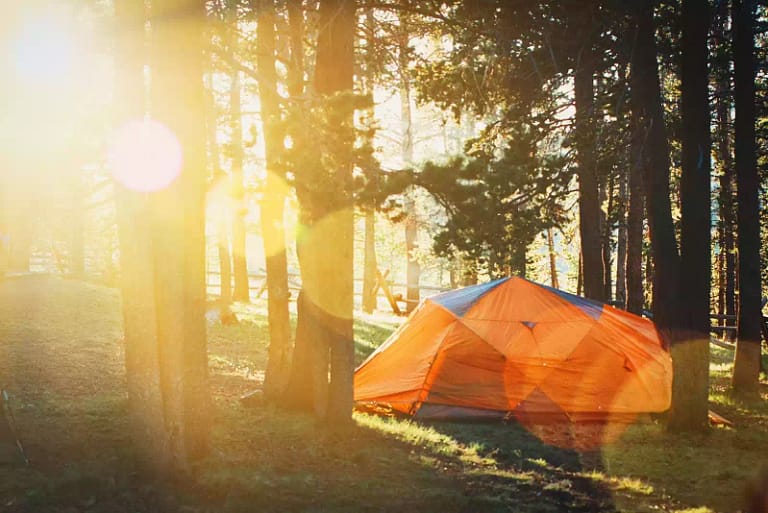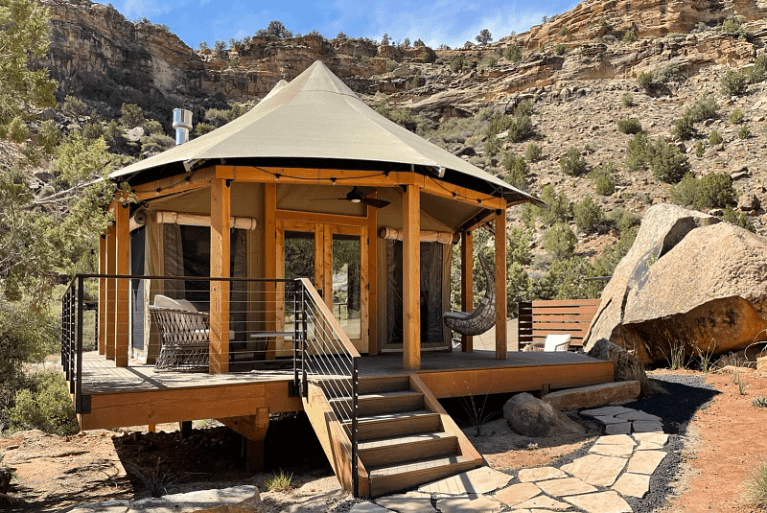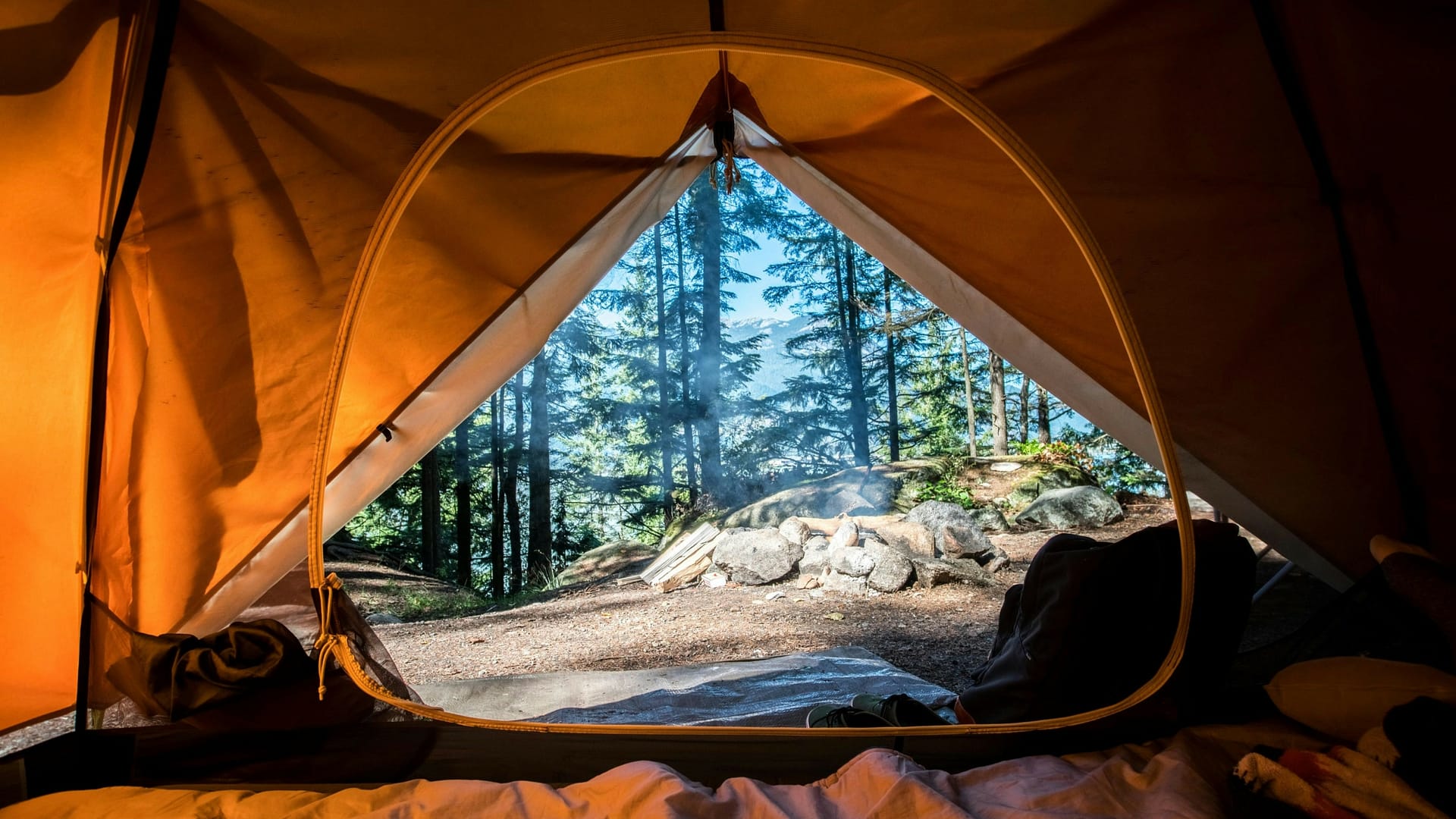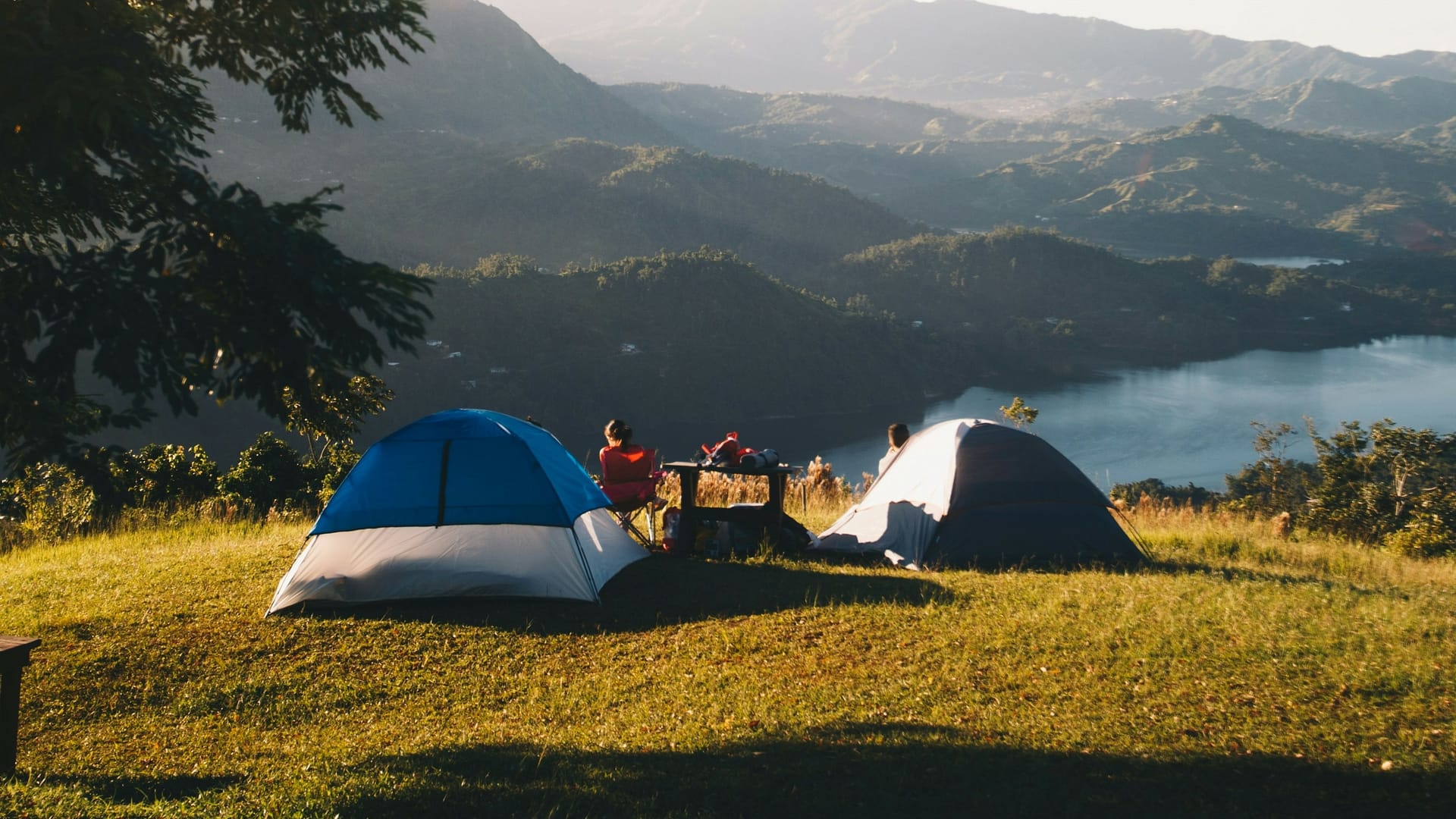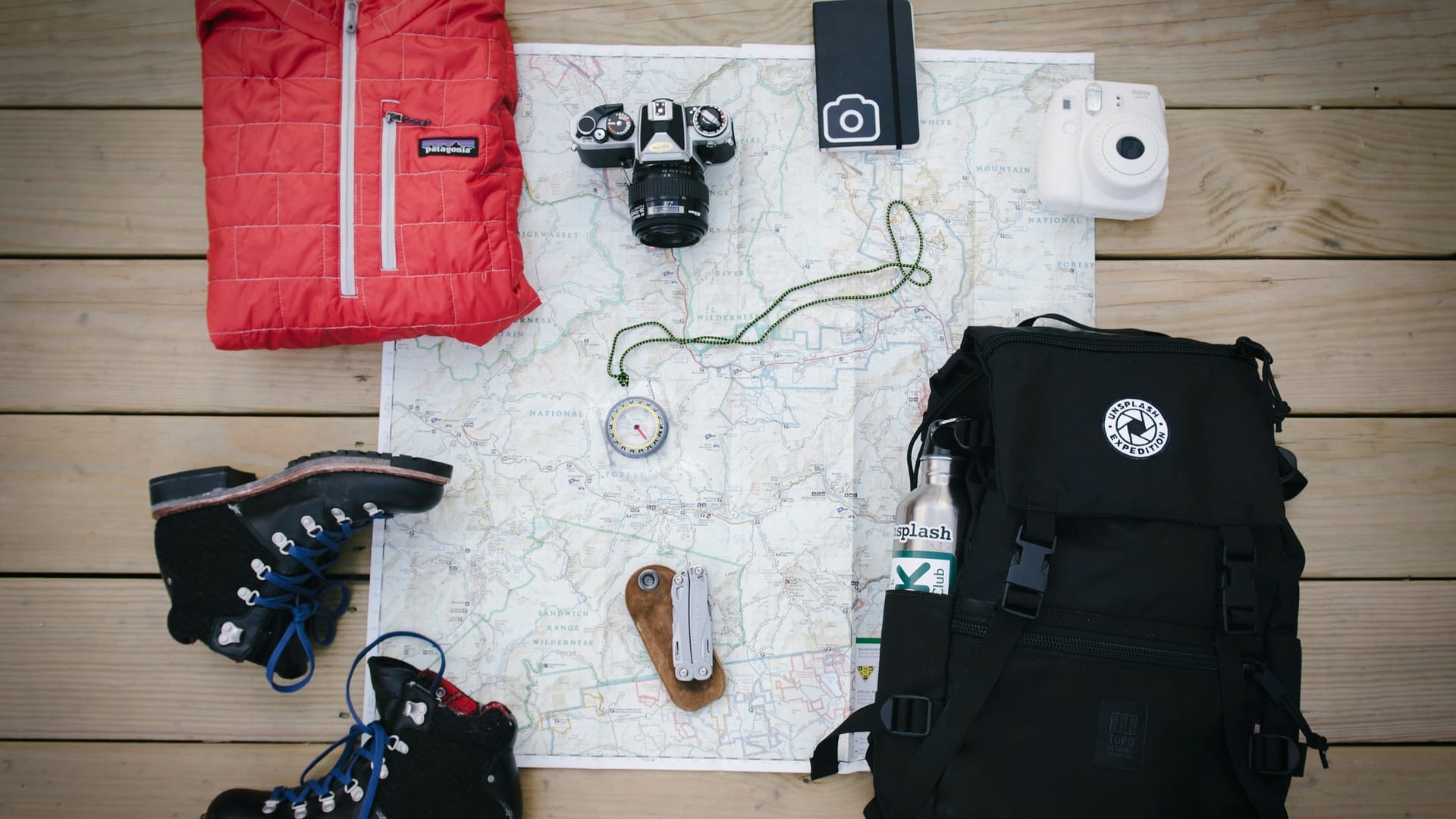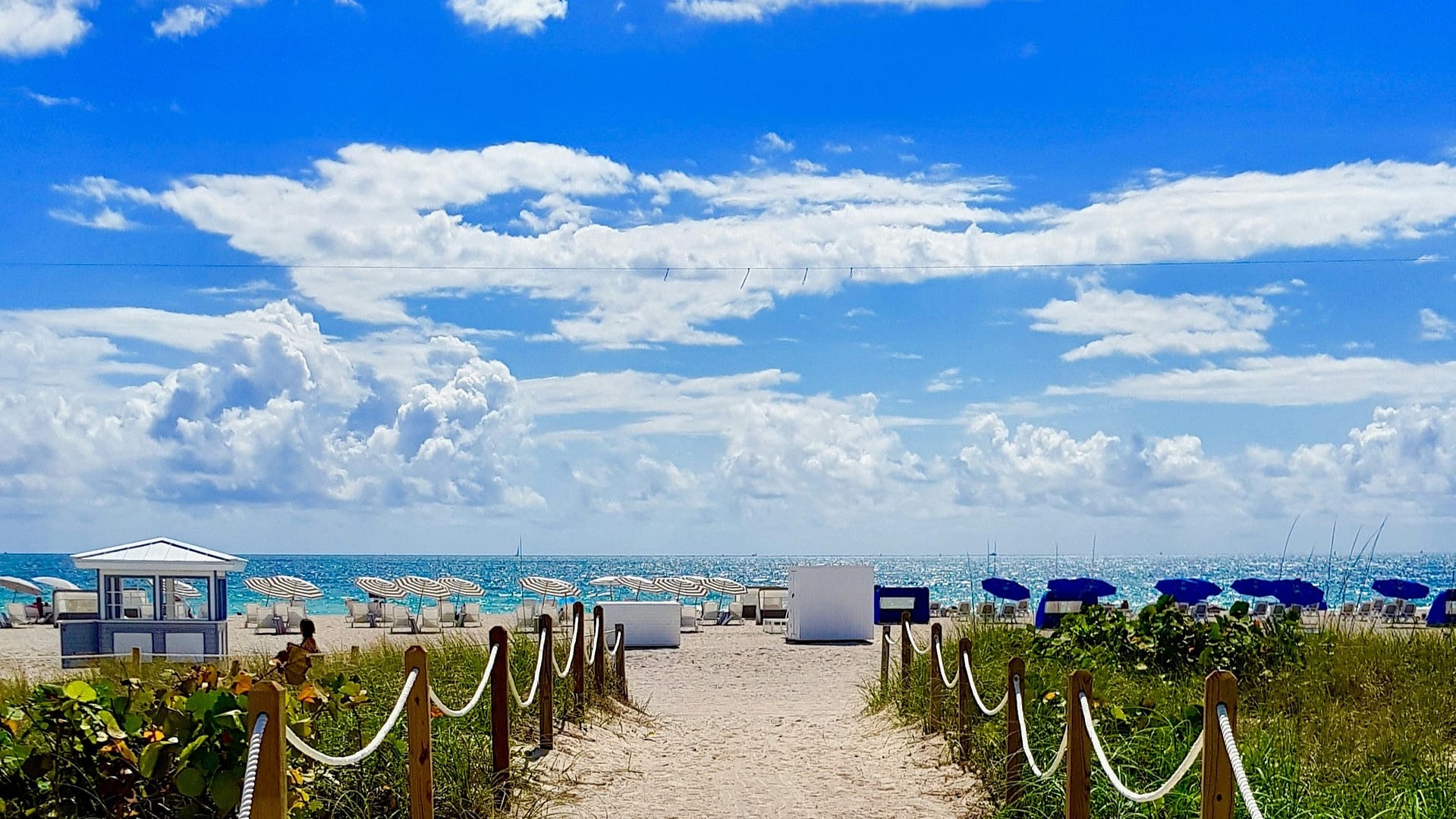There’s a lot more to buying an RV than just going to a dealership and making a purchase. You need to determine your budget, prioritize features, learn about different models and finally, know how to test drive it effectively. Buying an RV doesn’t have to be overwhelming, but it does require some thought and planning, so here’s what you need to know.
In this article:
ToggleBuying an RV: What You Want vs. What You Need
First, you need to determine why you’re buying an RV. Is it for once-yearly trips to the mountains, or weekend camping jaunts? Or are you selling your house and becoming a full-time RVer?
If you’re planning to make your RV your home, you’ll need daily essentials such as kitchen space, a shower/toilet and a sleeping area, plus enough living space so you can breathe. For occasional use, you might be able to forgo some of these features, but you’ll still want to be comfortable. In the end, it all boils down to what you want vs what you need, and you’ll have to decide which features are negotiable or non-negotiable.
Motorhomes vs. Towables
RVs come in three styles: Motorhomes, towable trailers and vans.
Motorhomes
A home on wheels, motorhomes are large enough to provide a kitchen, living/sleeping space and toilet/shower space. The living area is cleverly designed with fold-out beds, sofas and tables, with enough breathing space so you can comfortably spread out a bit. With a drivable RV, you can tow a second vehicle, but doing so comes with its own challenges.
Class A Motorhomes
The largest drivable RVs with the most living space and widest array of amenities are Class A motorhomes. These are the huge, 30- to 40-foot-long RVs that look like a rock star’s tour bus. They come with gas or diesel engines – choose diesel for a quieter ride – and sleep up to 10.
Class B Motorhomes/Campervans
Also known as campervans, Class B motorhomes are the smallest of the drivable RVs, fitting easily into all campgrounds and even standard parking spaces. They usually sleep two adults and are only suited to solo travelers and couples.
Class C Motorhomes
Class C motorhomes offer a nice balance between size and drivability, making them the most-rented type of RV. They usually have additional space in an over-cab area and full kitchens and bathroom
Towables
A towable trailer is a (usually) much smaller version of a motorhome and hitches onto your vehicle so you can pull it along. Towables have the advantage of a secondary vehicle, which you can unhitch at the campsite and use for other driving needs. A disadvantage is you cannot be in the RV while it’s being towed (it’s dangerous and illegal). There’s also the question of whether or not you have a second vehicle capable of towing an RV. Renting or buying one is a major additional expense. Towable RV’s offers some of the same essential features but in miniature form.
And, if you need a bit more space…
Fifth-Wheel Trailers
A fifth-wheel trailer is substantially larger than a standard trailer. It’s still towable, but size-wise, it’s a cross between a trailer and a motorhome.
Towable trailers are cheaper than motorhomes, except for one thing: You have to have a vehicle that’s heavy enough to tow it. You’ll need at least an SUV, and for fifth-wheel trailers, you’ll need a truck, so keep this in mind while RV shopping.
And don’t forget…
Vans
Van life has become one of the nation’s most popular traveling trends. Vans are easy to handle, you can park them anywhere, and they can be retrofitted to resemble a miniature motorhome.
If you’re planning to be a full-time RVer, nothing beats the convenience and comfort of a motorhome or fifth-wheel trailer. However, if you just want an RV for occasional camping trips, a standard trailer should suit your needs, or even a retrofitted van if there are just two of you.
However, if you can’t decide, why not try renting an RV? Rental marketplaces such as RVShare provide a wide-ranging inventory, so you can try out different types before you decide to buy.
And if this whets your appetite for travel, don’t forget to visit BookOutdoors for your ideal camping destination!
Where To Buy an RV
Reputable RV dealers offer a wide range of both new and used RVs for sale. There are also plenty of online sellers, but if you’re new to RVs, shopping in person can help you make a more informed decision. Plus, it’s not a good idea to buy a used RV without test driving it first.
And don’t forget about RV shows!
Shopping at an RV Show
RV shows aren’t just entertaining; they’re also quite an educational experience, especially for first-time RV buyers. RV shows provide a great way to discover your available options, learn about latest-and-greatest features, look at price points and get a clearer idea of exactly what you want. Plus, RV shows give you the opportunity to network with a wide range of dealers across the nation. RV dealerships can be very competitive, so if you play your cards right, you can walk away with a great deal; but be sure to do your homework before you go.
Buying an RV: Budgeting and Financing
The good news is, today’s RVs are designed to suit a wide variety of budgets. Essentially, the larger the RV and the more features you want, the more you’ll have to pay.
As for financing, most RV dealers use a variety of lenders, just as car dealers do. As with a car, your monthly payments will depend on the final price of the RV, the amount of your down payment, and the interest rate at the time of financing.
Pro tip: RV sales are seasonal, and dealers are less likely to offer discounts during the summer camping months. For the lowest prices, consider purchasing during the fall or winter. Likewise, don’t forget about end-of-year sales in December and January, when you can save money by buying last year’s model.
And when you’re ready to hit the road, be sure to visit BookOutdoors to discover lots of popular camping destinations you won’t want to miss.
Buying an RV: New or Used?
Used RVs are cheaper, but you get what you pay for. Consider these pros and cons of buying new:
Pros
- You’ll have a brand new RV, right off the assembly line.
- You can get custom options and features.
- You won’t have any repair issues.
- If something goes wrong, it’s covered by your manufacturer’s warranty (and you can also get an extended warranty from your dealer).
Cons
- You might be paying top dollar, so shop carefully.
- Insurance premiums will be higher for a new RV.
- Customizing and extra features can be expensive.
Conversely, a used RV will be significantly cheaper (as will insurance), and you can usually customize or upgrade it to your liking, but consider this:
- It might have mechanical issues or invisible damage.
- Customizing or upgrading it (if you can) will be expensive.
- The manufacturer’s warranty has probably expired.
The choice is yours but remember: A manufacturer’s warranty does provide a valuable safety net if something goes wrong, and RV repairs can be extremely expensive. If you’re new to RV buying, purchasing new is a much safer bet.
More Tips for Buying an RV
- Some RVs can be gas guzzlers, so choose one that’s fuel-efficient. And for heating, cooling and cooking, propane is a green solution that’s cheaper than gas.
- Be prepared for expenses such as parking fees, plus potentially high maintenance/repair costs.
- Always inspect an RV before you buy it. If you’re a newbie to RVs, hire a professional mechanic to inspect it for you
- Reading reviews about various makes and models can give you an eye-opening education about different brands, and even about RVs in general.
And if you’re ready to start traveling, be sure to visit BookOutdoors so you can grab a spot at one of the nation’s best campgrounds!

